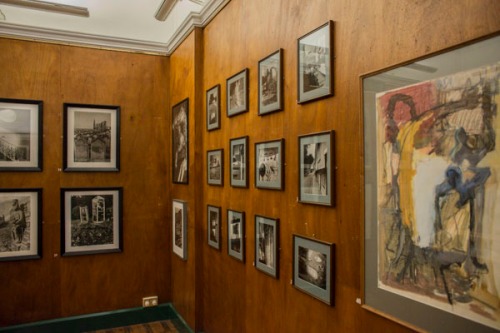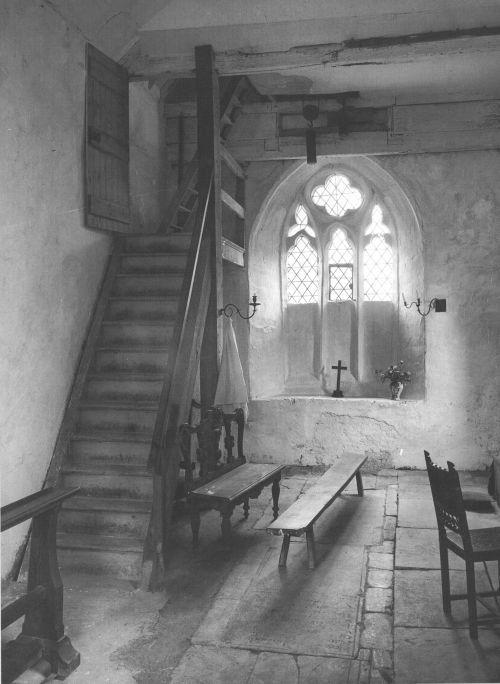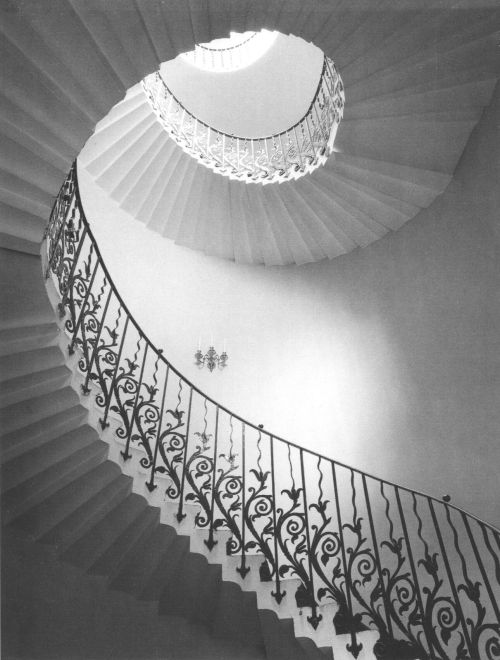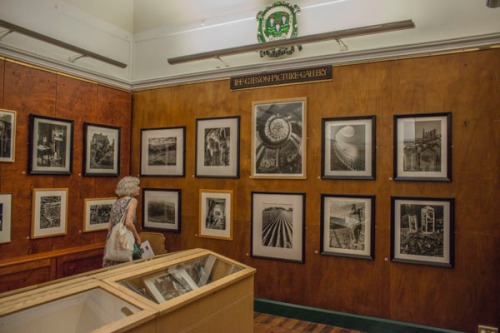Edwin Smith (1912-1971) was, in his own words, an architect by training, an artist by inclination and a photographer by necessity. Despite his self-deprecation, he is widely acknowledged as the finest architectural photographer of the 20th century and his photographs were a source of inspiration to me in the 1980s as I developed my own “eye”. They are still proof to me that a photographer needs both technical skill as well as aesthetic judgement to make a fine image. But the surprise lesson I took from the exhibition of his work is that, despite the ease and speed of today’s digital image-making, there is a strong case for “Slow Photography”, in the same vein as “Slow Food”, for the appreciation of well-prepared ingredients.
The Fry Art Gallery, where Smith’s photos and artwork are on show until 1 September 2013, is a small gallery specialising in artists who lived and worked in north east Essex. This includes Smith, as he made Saffron Walden his home from 1962 until his death. It is a small gallery whose decor is reminiscent of the 1920s and 30s when several “names” worked in the area. The main gallery is wood-panelled, and this is sympathetic to Smith’s photographs; in fact it is a rare treat to see photographs appropriately displayed on something other than white walls!
Smith would have preferred to be remembered as an artist than a photographer and I can see why: his drawings, paintings and above all his engravings, are very accomplished; he liked to make at least 2 per day, even when he was earning his living as a photographer. The distinction between artist and photographer is much more blurred now than in his day, a blurring that I think he would approve of.

Although photographs are in the majority, there is a good selection of other media in the Edwin Smith exhibition
I’ve seen some writers call Smith’s photos idyllic and romantic, but remember we are seeing images taken in the 1940s, 50s and 60s. It is true that his images, for the most part, resisted the fashionable styles of the times, though touches of modernism do creep in. But you might just as well accuse Atget of the same thing (Atget was the only photographer Smith acknowledged as an influence on him). What Smith does do, and pretty consistently, is compose for depth of perspective. It is rare for him to produce a flat image and I cannot find a photograph by him that could be described as abstract.

Didmarton Parish Church. 1961. I regard this as one of Edwin Smith’s masterpieces. It is technically accomplished in achieving highlight and shadow detail over a huge tonal range, as well as capturing the simplicity of the church interior in an understated, straightforward composition.
He used a sheet-film camera for most of his working life, not just because of the movements required for architectural photography, but as a matter of choice even when the technical capabilities of the camera were unused. It seems he had a preference for the slower, more deliberate way of working that this type of camera requires. There are other photographers who use large film cameras for the same reason but this exhibition is a timely reminder of the pictorial value that Slow Photography can bring. I recommend the exhibition as well as trying Slow Photography for the benefits it could bring to your own image-making.

Tulip Staircase, Queen’s House, Greenwich. 1970. Another deceptively simple image with a more modernist approach by Edwin Smith.
Edwin Smith’s printer, Roy Hammans, has produced an excellent resource about Smith at http://www.fine-photographs.co.uk/edwin-smith. Some of Smith’s more famous images are available from Chris Beetles Photography.

